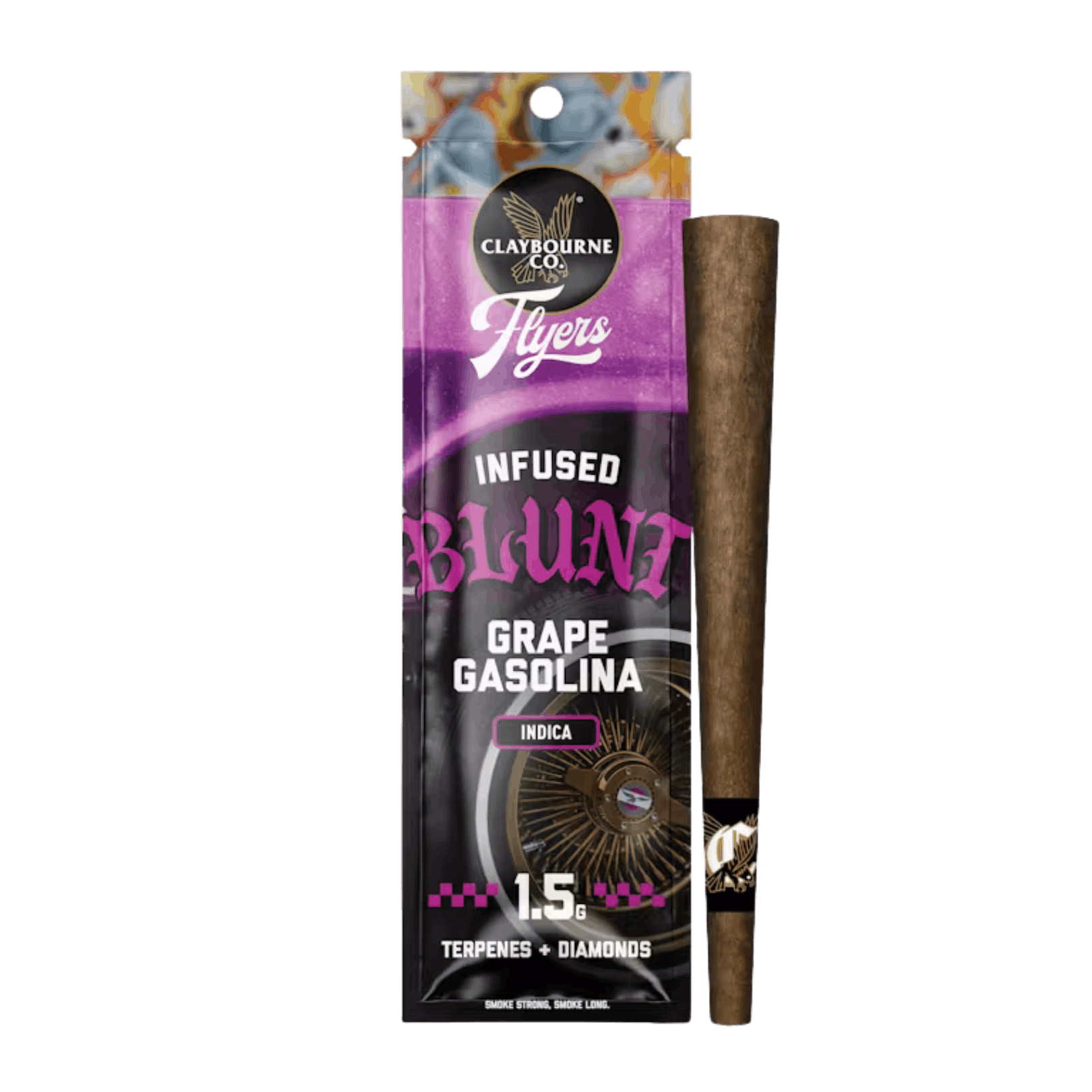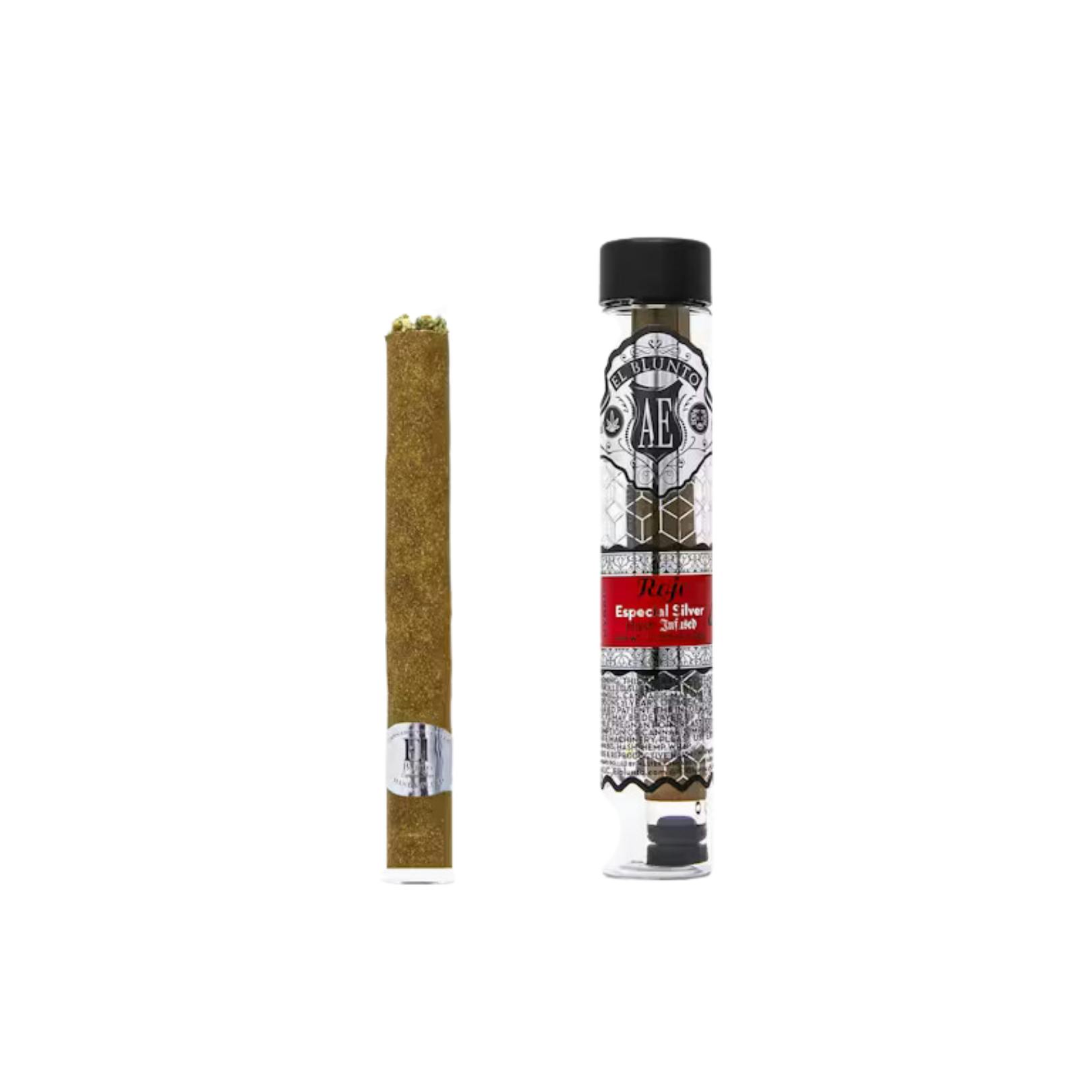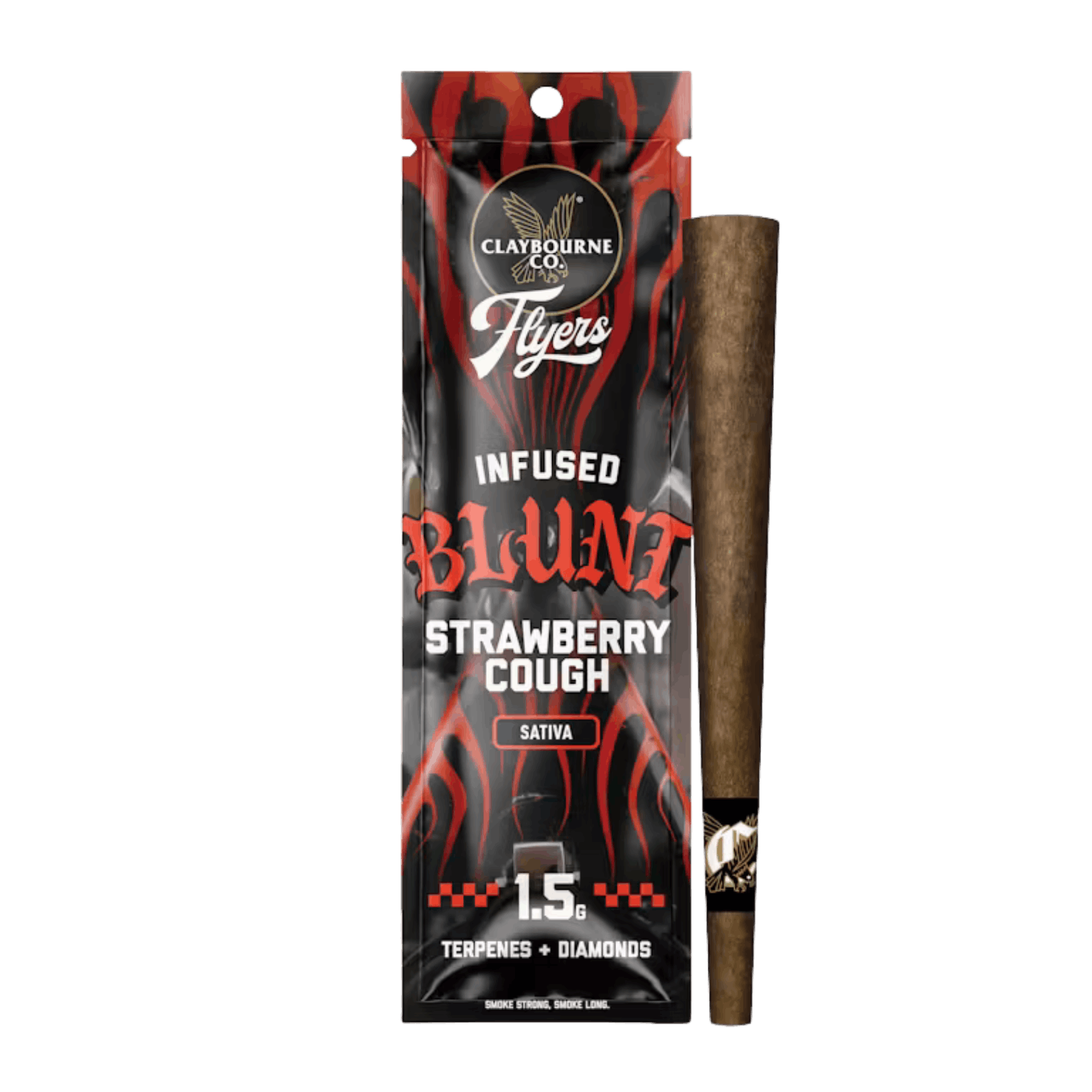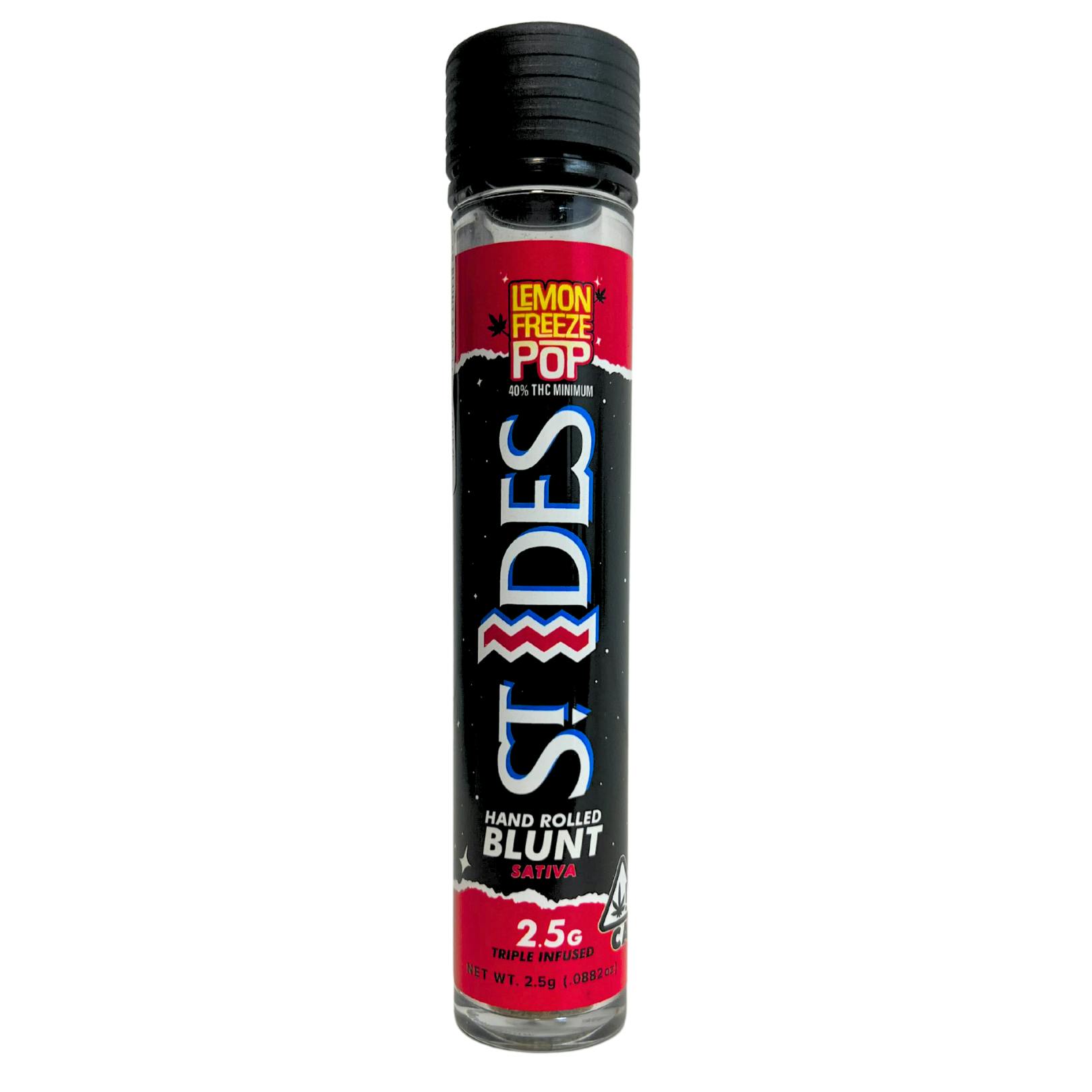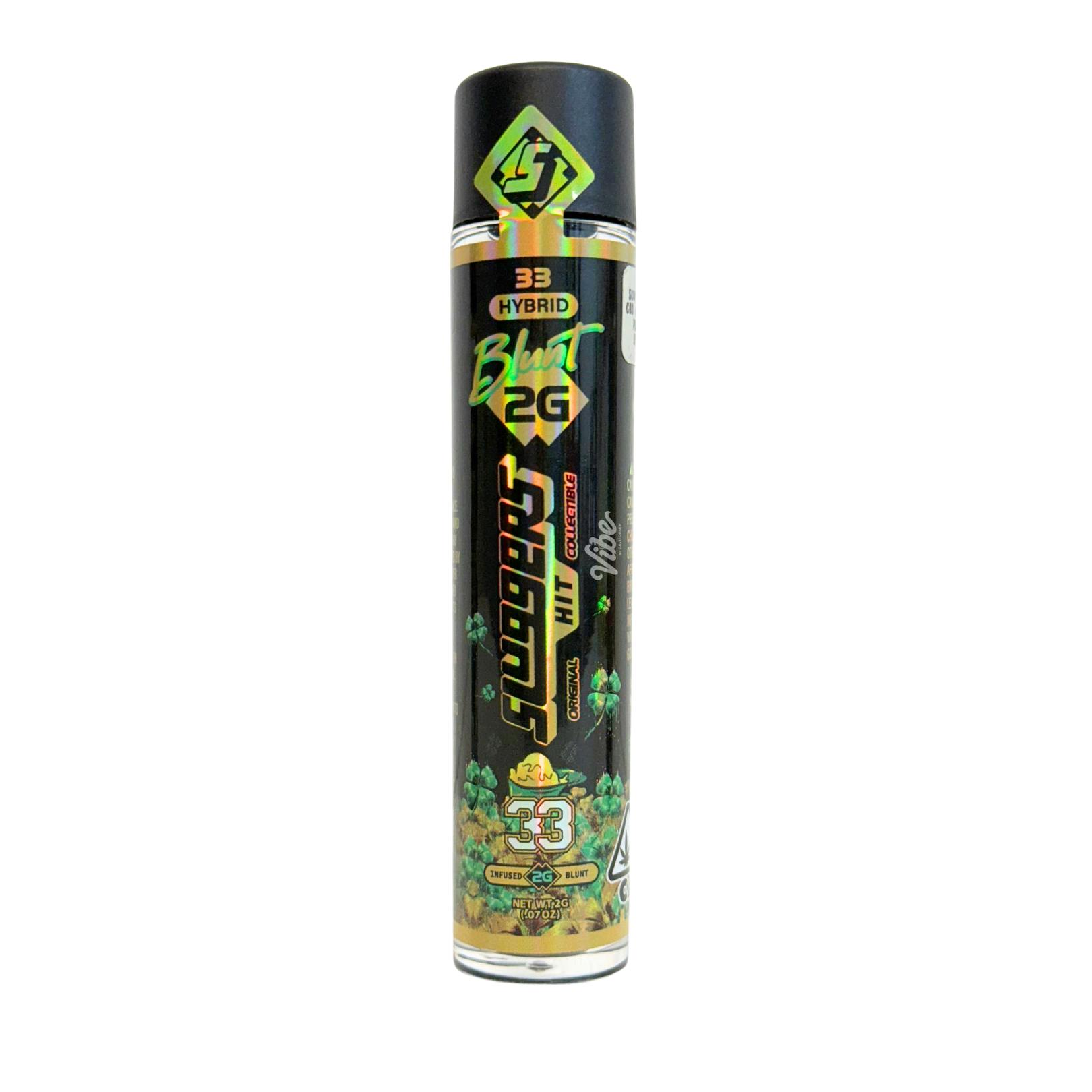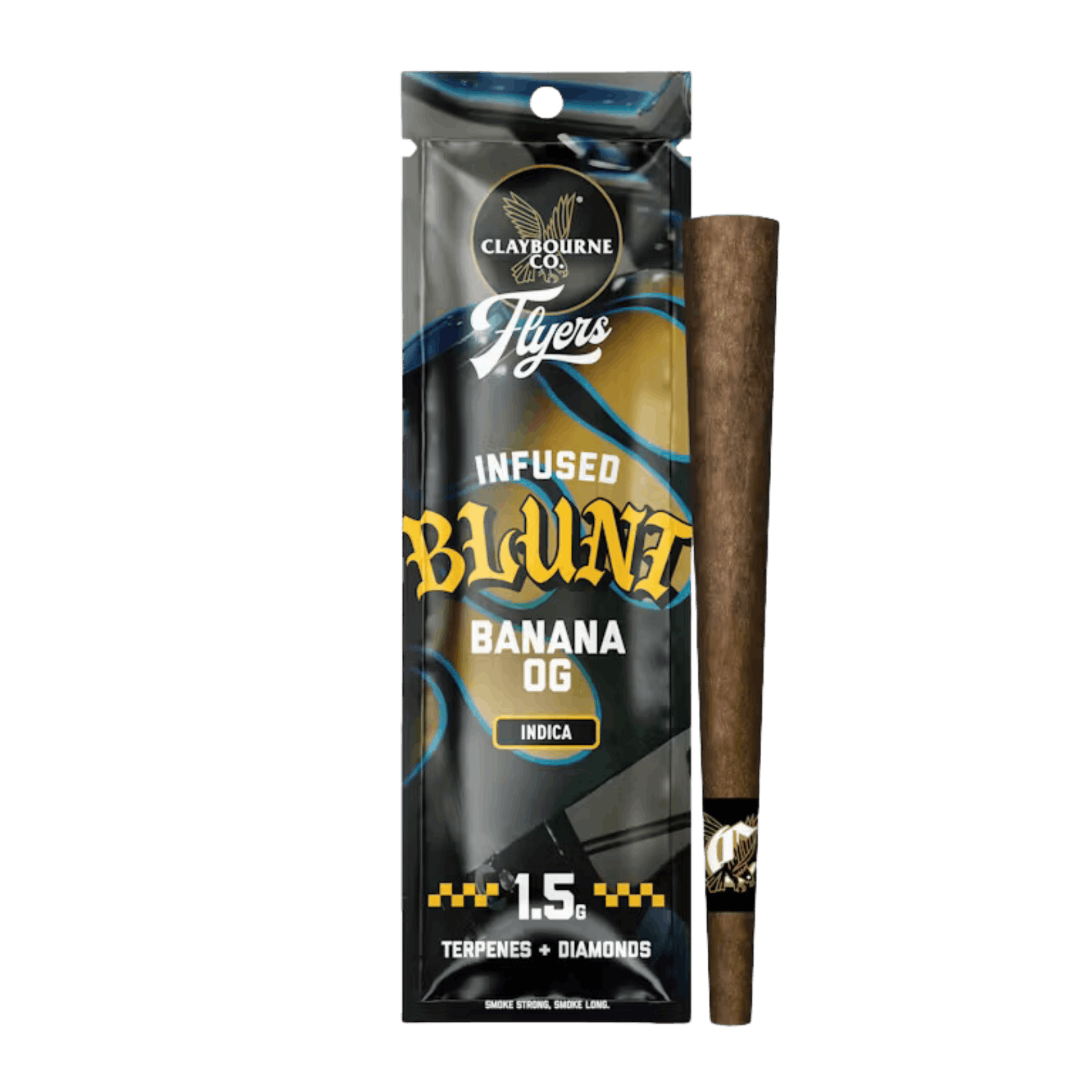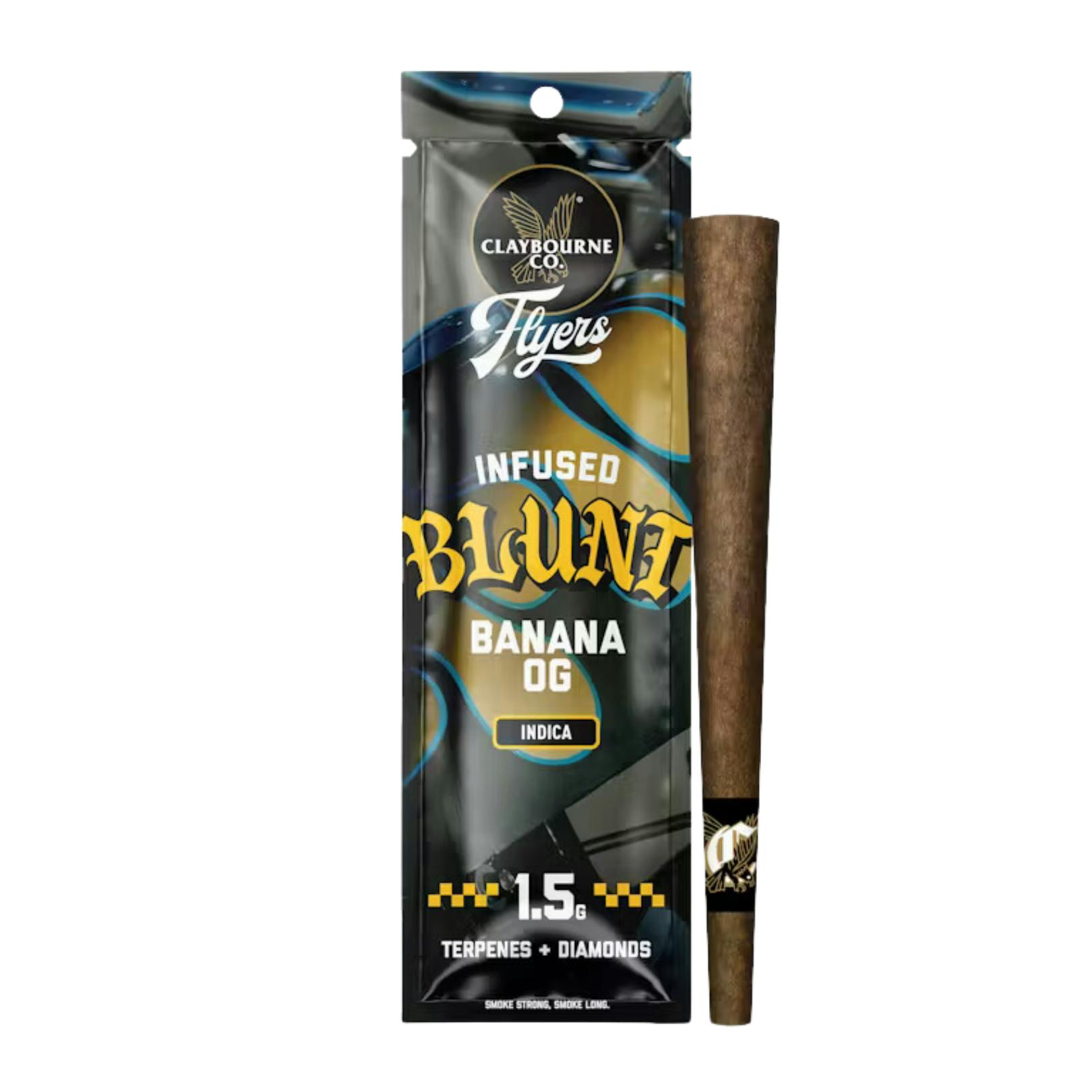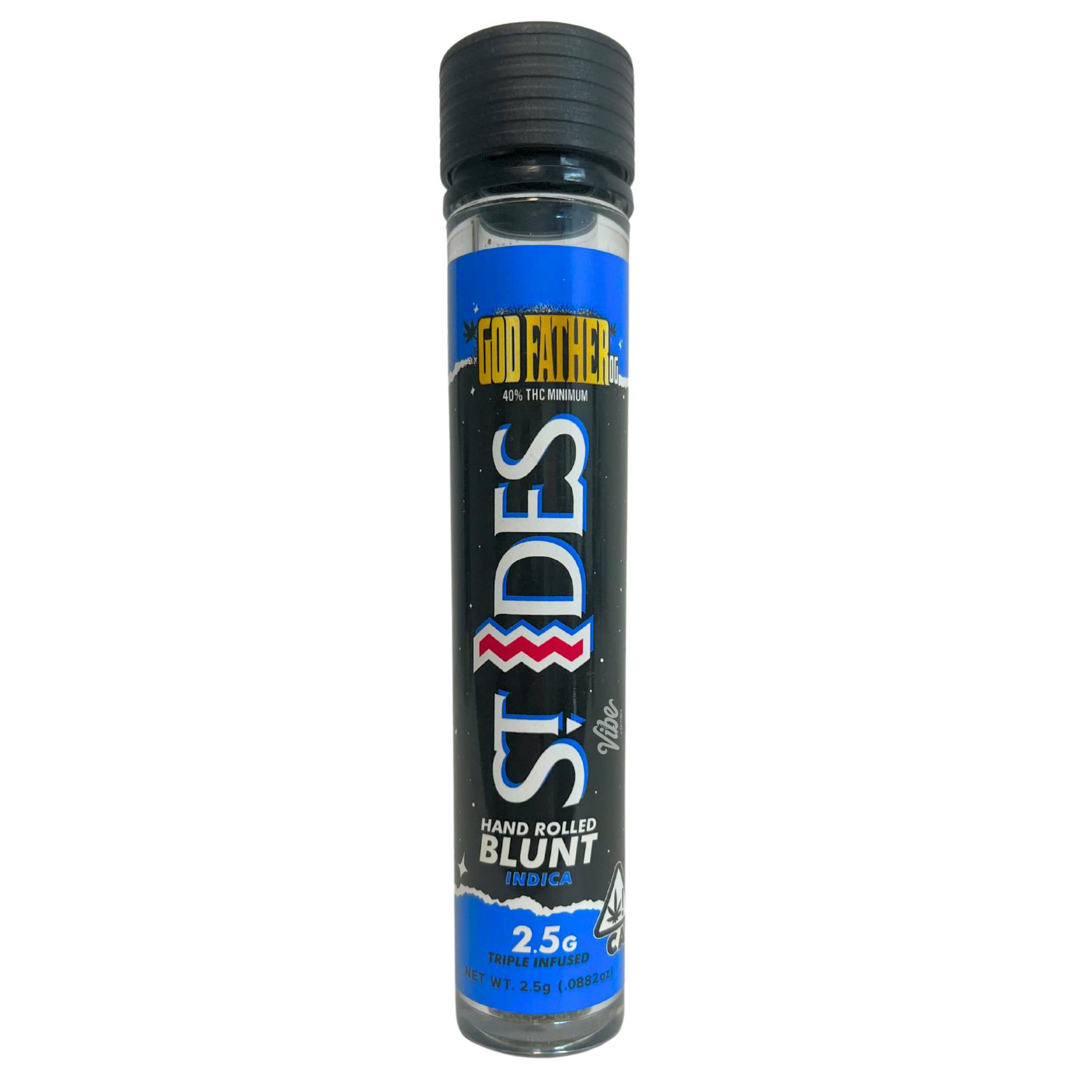HighLights 🔥 Dive into the aromatic world of Claybourne Co.’s Grape Gasolina, a premium Indica strain that promises a robust experience with its pungent aroma and intricate flavor profile. This classic cut, part of Claybourne’s redefined selection, offers cannabis connoisseurs in California a taste of luxury with its hand-trimmed, indoor-grown buds. Perfect for those seeking relaxation and tranquility, Grape Gasolina is your ticket to unwind. About Grape Gasolina 🍇 Grape Gasolina is a standout in the Claybourne Co. lineup, blending the best of classic and modern genetics. Known for its unique cannabinoid and terpene profile, this strain delivers a sweet and fruity taste reminiscent of ripe grapes, complemented by earthy and spicy undertones. Discover more about Claybourne Co.’s innovative approach at Vibe by California. Experience 😌 Taste 🍊 Savor the delectable combination of sweet and fruity flavors with hints of dank earth and spicy fuel, creating a taste that lingers delightfully on the palate. Craftsmanship 🎨 Every bud of Grape Gasolina is meticulously hand-trimmed and grown indoors to ensure consistency, quality, and a visually appealing product. The vibrant colors and dense trichomes reflect the care and precision behind each harvest. Explore Your Vibe 🧙 **Looking for our best deals?** Shop directly on our site VibeByCalifornia.com and take advantage of our Price Match Guarantee, everyday low prices, and the motto “It’s Always 420 at Vibe.” Explore your vibe today! Cannabinoids are naturally occurring chemical compounds that are found in cannabis and provide consumers with a wide range of effects. THC and CBD are examples of some of the most commonly known cannabinoids. Claybourne Co. has paved it’s own road by offering unique flower products presented in a unique way. They believe that the individuality of each strain lies in the unique cannabinoid and terpene profile of the flower. They’re growing the next California cannabis brand for a new breed of cannabis consumers who want to know more about the cannabis they’re consuming and that starts with our transparency.
Cannabinoids
About the Brand
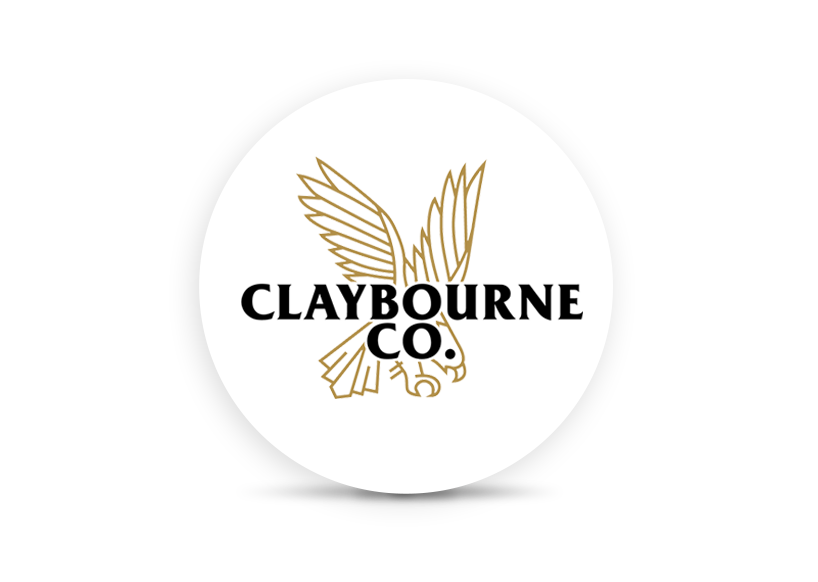
Location
8112 Alpine Ave, Sacramento
CBC
0.11%
CBC (Cannabichromene)
CBC is a unique cannabinoid and is best known for its ability to bind to the TRPV1 and TRPA1 receptors in the brain which are responsible for pain perception. Topical applications of products high in CBC have also shown promise for the treatment of osteoarthritis symptoms and in the treatment of skin conditions such as acne.
CBD
0.39%
CBD (Cannabidiol)
CBD is the second most prevalent cannabinoid and is primarily produced by hemp plants and at lower amounts in cannabis. It works as a phytocannabinoid, or binding agent, that adheres to an individual's endocannabinoid system. Cannabidiol has soared in popularity due to its lack of psychoactive effects. Most users seek CBD for its medicinal properties since it was the first cannabinoid to be approved by the FDA. Its healing properties include an ability to help you relax, reduce irritability and ease restlessness.
CBDA
0.3%
CBDA (Cannabidiolic acid)
CBDA is a derivative of CBGA and the precursor to the well known cannabinoid CBD. Over the last decade scientists have found that CBDA has a very similar chemical structure to that of nonsteroidal anti-inflammatory drugs (NSAIDs) and thus has shown promise in treating pain due to inflammation by inhibiting COX-2 receptors in the brain that register pain. CBDA has also been shown to help regulate the over release of serotonin that causes severe nausea and vomiting in patients receiving chemotherapy, and while more thorough research is needed these results are very promising.
CBG
0.17%
CBG (Cannabigerol)
Cannabinoids are synthesized by Cannabigerolic Acid. CBG is the decarboxylated form of this acid that appears at low levels in most cannabis plants. Because its properties are beneficial to multiple parts of the endocannabinoid system, CBG has a wide range of therapeutic uses. It is non-psychotropic and can provide analgesic and antidepressant qualities.
CBGA
0.73%
CBGA (Cannabigerolic acid)
CBGA is often referred to as the, “Father or Mother of all Cannabinoids”. This is because CBGA is situated at the very top of the cascading reaction that creates THCA, CBDA and CBCA which, through decarboxylation, are turned into the three major cannabinoids THC, CBD and CBC. Currently there is little research being conducted on the medical benefits of CBGA, although it has shown extremely promising results when looking at the interaction between CBGA and colon cancer cells. When CBGA was applied directly to colon cancer cells not only did it destroy the cancer cells, but it also stopped the proliferation of new cancer cells. More research is certainly needed, but these preliminary results are extremely encouraging.
CBN
0.04%
CBN (Cannabinol)
CBN is a cannabinoid that is created during the breakdown of THC by UV light and exposure to oxygen. This breakdown usually begins during the drying and curing process. CBN is most commonly found in older or improperly stored cannabis samples. This compound is mildly psychoactive and is best known for its sedative effects. Strains and products with high concentrations of CBN can be a great choice for users looking to utilize cannabis products to ease restlessness and promote healthy sleep.
THC-D9
251%
THC-D9 (Delta 9–tetrahydrocannabinol)
Delta 9 THC is the primary compound found in the resinous glands of a cannabis plant, and is directly responsible for psychoactive effects. It mirrors the body’s naturally occurring cannabinoids and attaches to these receptors to alter and enhance sensory perception. THC can create a feeling of euphoria by enhancing dopamine levels in the brain. The amount of THC in a cannabis product can vary widely based on the method of consumption and the strain at the source of that product. The high that is produced is often enhanced by the “entourage effect” which is a combination of multiple cannabinoids in conjunction with various terpenes and individual body chemistry.
THCA
434%
THCA (Δ9-tetrahydrocannabinolic acid)
THCA is a cannabis compound with a laundry list of potential mental and physical health benefits. THCA is the non-psychoactive precursor to THC, the most famous cannabinoid of all. While THC is responsible for the psychoactive “high” that so many of us enjoy, THCA has shown great promise as an anti-inflammatory, neuroprotectant and anti-emetic for appetite loss and treatment of nausea. THCA is found in its highest levels in living or freshly harvested cannabis samples. For this reason some users choose to juice fresh cannabis leaves and flowers to get as much THCA as possible.
THCV
0.08%
THCV (Tetrahydrocannabivarin)
THCV sets itself apart from its cousin THC with its distinct lack of psychoactive effects. THCV also acts as an allosteric modulator for Delta-9-THC thus reducing its psychoactivity. It has been found to be helpful as an appetite suppressant, neuroprotectant and glycemic control in type 2 diabetics.

